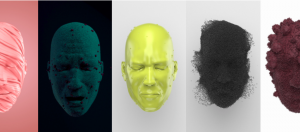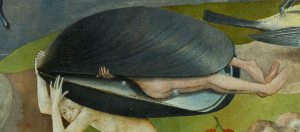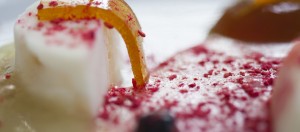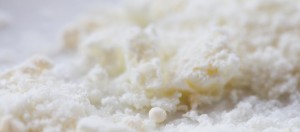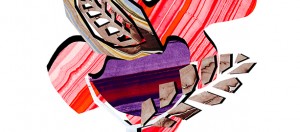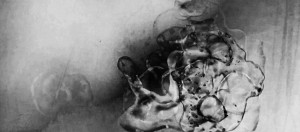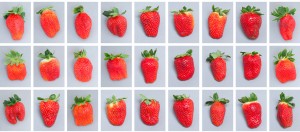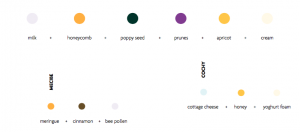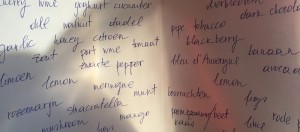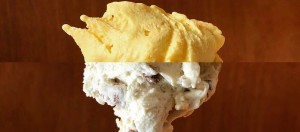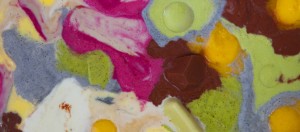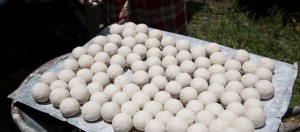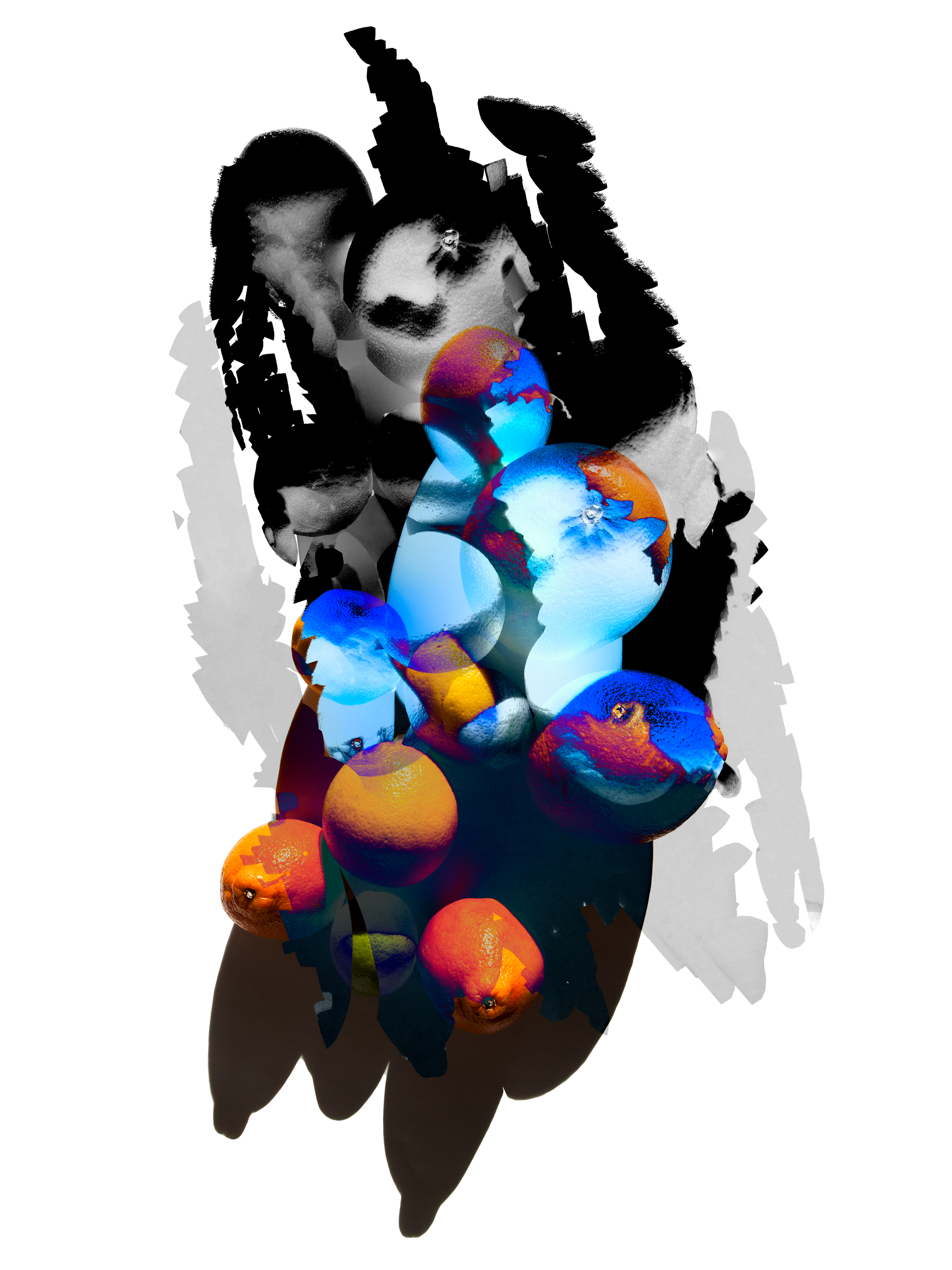
How can an ice cream flavour be interpreted photographically? That is the question we asked ourselves when preparing for our presence at Unseen Amsterdam this weekend. At Ludo & Hedo, we like to take unconventional approaches and take a look at something from unexplored perspectives.
We approached the answer to the question metaphorically. Metaphors are useful tools to understand and clarify the world around us. They allow us to discover and draw connections ourselves and encourage an active thinking process. In our Incomplete study of a flavour through photographic metaphors, we used 1 ice cream flavour as our starting point and took the 5 photographic characteristics of Time, Reproduction, Context, Illusion and Composition as metaphors to translate the flavour photographically.
The study has resulted in a collection of playful flavour alterations, both to enjoy but also to use as a conversation starter about the medium of photography and the way we perceive and experience the world around us.
Metaphor #1: Time
Time is the essence of photography. There is no way it can be avoided or neglected while thinking about photography and its intrinsic qualities. From capturing the moment to the development of an image, every process in the photographic praxis is about time. Someone practicing photography has to have a clear understanding of the relationship between the notion of time and photography and use this knowledge wisely to produce an image.
In a similar way, time is crucial for the development of a flavour. The longer the ingredients spend together, the more intense the flavour becomes. The skill is to recognise the best moment to stop the process and produce an image called ice cream.
To reflect on the notion of time, we produced 3 versions of our Flavour derived from 3 different stages in the development process. We infused the flavour for 5, 15 and 24 hours, creating 3 different tastes from 1 flavour.
Metaphor #2: Reproduction
Reproducibility is one of the characteristics that makes photography a form of art unlike any other. The relationship between the real and the copy is fascinating and triggering. Ingredients and flavours work in a similar way. While making a particular flavour, the ingredients are carefully chosen to create an original result. But what happens if the main ingredients are substituted by their similar version, based on a molecular match rather than a deliberate choice? Would the original be able to stand out and preserve its originality?
We substituted the 3 core ingredients of our Flavour by 3 alternative but molecularly related ingredients to reflect on the notion of reproduction.
Metaphor #3: Context
Context always plays a crucial role in reading a photograph. The meaning of images is to a large extent defined by how they are being framed, used and presented. Context is a strong tool to shape the experience of the image and direct the viewer’s attention.
Similarly, the way our ice cream Flavour is served influences one’s perception of the ice cream and shapes the eating experience. Studies have shown that different ways of presentation affect the perception of the same flavour in different ways.* In our contextual interpretation, serving our Flavour in differently shaped and coloured cups and with spoons of different material and value will do exactly that.
Metaphor #4: Illusion
One of the most exciting characteristics of photography is its ability to create an illusion. The medium allows us to explore things that are happening outside of the visible realm. This characteristic, which is possibly one of the most important to consider, is intrinsically dangerous and aims to confuse the senses and influence judgement.
If we change the originally orange colour of our Flavour into a Black coloured scoop (using only natural ingredients and no artificial colouring), but with exactly the same taste as the original, how would that change the way we look at the things around us?
Metaphor #5: Composition
Every photograph has a composition, whether it concerns objects manually placed in front of the camera or a moment of observation. In both cases, the arrangement and relationship between the objects determines the final image. The elements within the image can have different positions within the frame and the meaning of the image will change depending on the composition.
The composition of a flavour works in a similar way. If you add more or less seasoning for instance, the dish will be different. For our last metaphor, we split our Flavour into its individual ingredients and then changed the proportions of those ingredients relative to its initial design. The overall composition of the flavour can change in infinite ways, but we only choose the best compositions.
An incomplete study of a flavour through photographic metaphors is one of the examples of how ice cream can be used as a medium to tell stories in non-conventional way. A flavour by itself, when it becomes a metaphor, gets stronger sensorially but also gains in meaning when consumed intellectually. Activating more processes simultaneously, both physical and mental, provides a richer experience. At Ludo & Hedo, we always try to work with multiple layers of perception and welcome our guests to participate in the experience.
* See for instance: The Perfect Meal: The Multisensory Science of Food and Dining by Charles Spence and Betina Piqueras-Fiszman (2014), Chichester: Wiley-Blackwell.
This study resulted from a collaboration in which we created a tailor-made ice cream flavour. Are you interested in your own uniquely designed flavour or in storytelling through ice cream and ingredients in general, get in touch and we’ll explore the possibilities to work together!
Photo credit: Ola Lanko
